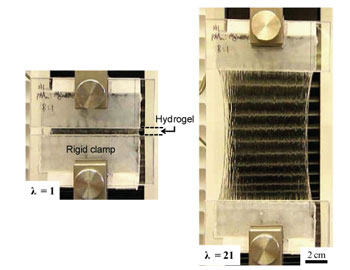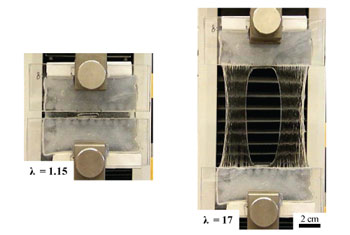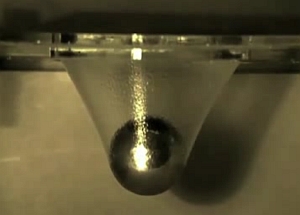Tough New Hydrogel Could Substitute for Cartilage

At some point in our lives, most of us will probably come across some kind of issue with the cartilage in out joints. Many will have the cartilage wear down over the years especially in the knees, hands, and spine. While others will experience problems due to disease or injury. There are some procedures that can repair or replicate cartilage but the journey to find something better continues. That something better might be a new hydrogel by researches at Harvard.

Gellin’
This new gel is tough, flexible, stretchy, and self-healing. A potentially great substitute for cartilage. Inside the body is a harsh environment and the joints see a lot of action. Something that is long lasting and functional would be an ideal material.

Two Are Better Than One
Harvard’s hydrogel is a water based gel that works well in the body. Here are excerpts from a Harvard article that explains how the hydrogel is made and functions:
Called a hydrogel, because its main ingredient is water, the new material is a hybrid of two weak gels that combine to create something much stronger. Not only can this new gel stretch to 21 times its original length, but it is also exceptionally tough, self-healing, and biocompatible — a valuable collection of attributes that opens up new opportunities in medicine and tissue engineering.
… if the gel acquires a tiny crack as it stretches, the polyacrylamide grid helps to spread the pulling force over a large area, tugging on the alginate’s ionic bonds and unzipping them here and there. The research team showed that even with a huge crack, a critically large hole, the hybrid gel can still stretch to 17 times its initial length.
Conclusion
Amazing how something that looks so simple can be so complex. Also amazing is the hydrogel’s medical potential. Beyond cartilage replacement, the hydrogel could also be used with muscles, covering wounds, and soft robotics. For more on this new hyrdogel, read the Harvard article here.
